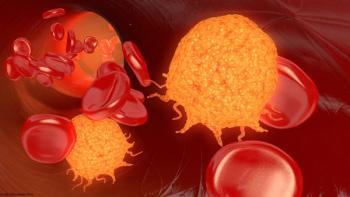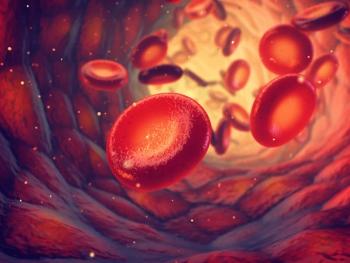
Lumpectomy Yields Clinically ‘Acceptably Low’ Recurrence Rates in Breast Cancer Subtype
Judy C. Boughey, MD, of Mayo Clinic in Rochester, Minnesota details the efficacy of breast-conserving surgery in patients with multiple ipsilateral breast cancer.
Patients with multiple ipsilateral breast cancer should now be able to consider breast conservation therapy as a suitable treatment option along with mastectomy following clinically acceptable local recurrence rate, according to Judy C. Boughey, MD.
During the
According to Boughey’s presentation on the trial, 6 of 204 patients had developed local recurrence following surgery with an estimated cumulative incidence of local recurrence after 5 years of 3.1% (95% CI, 1.3%-6.4%). These data fulfilled the trial’s prespecified acceptable 5-year recurrence rate of less than 8%.
Transcript:
In this prospective clinical trial, we enrolled over 200 women with 2 or 3 foci of breast cancer. They were then treated with breast conserving surgery [with] lumpectomy, [thus] preserving the breast, followed [by] whole breast radiation therapy along with radiation to all of the lumpectomy sites.
In this trial, we set the boundary to be that the local recurrence rate could not be any higher than 8% with a 5-year follow-up. We [reported] the 5-year follow-up on the Alliance Z11102 clinical trial, which showed that in these patients who completed breast conserving therapy—so surgery and radiation therapy—the local recurrence rate at 5 years was 3.1%.
This is an acceptably low local recurrence rate, which is clinically acceptable. [Based on that], patients who have multiple ipsilateral breast cancer can now consider their treatment options to be either mastectomy or breast-conserving therapy.
Reference
Boughey JC, Rosenkranz KM, Ballman KV, et al. Impact of breast conservation therapy on local recurrence in patients with multiple ipsilateral breast cancer – results from ACOSOG Z11102 (Alliance). Presented at the 2022 San Antonio Breast Cancer Symposium; December 6-10, 2022; San Antonio, TX; abstract GS4-01.
Newsletter
Stay up to date on recent advances in the multidisciplinary approach to cancer.


















































































